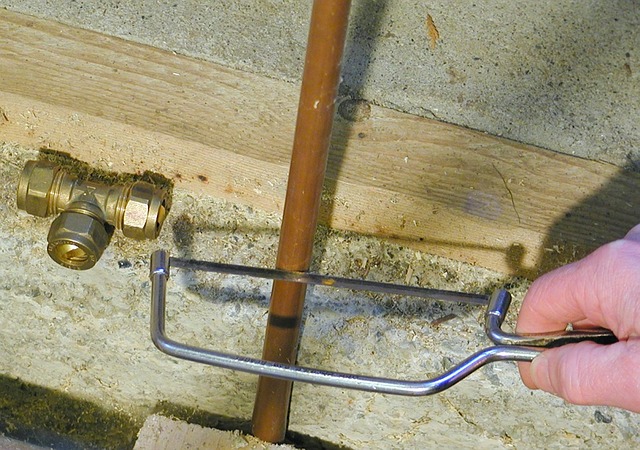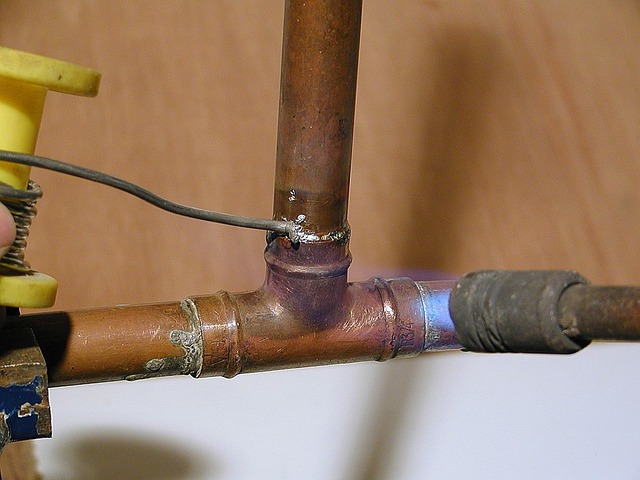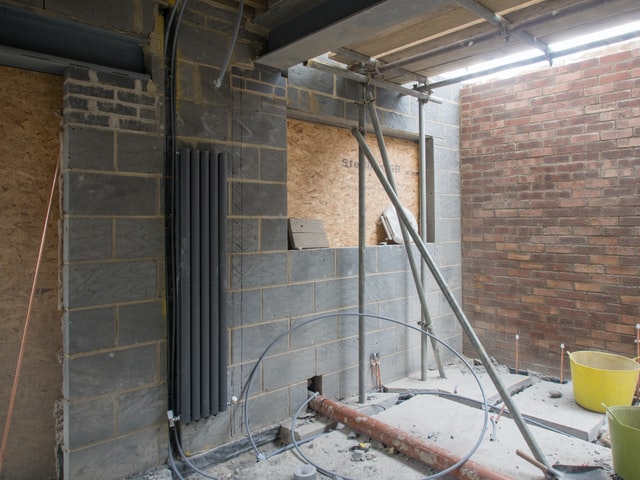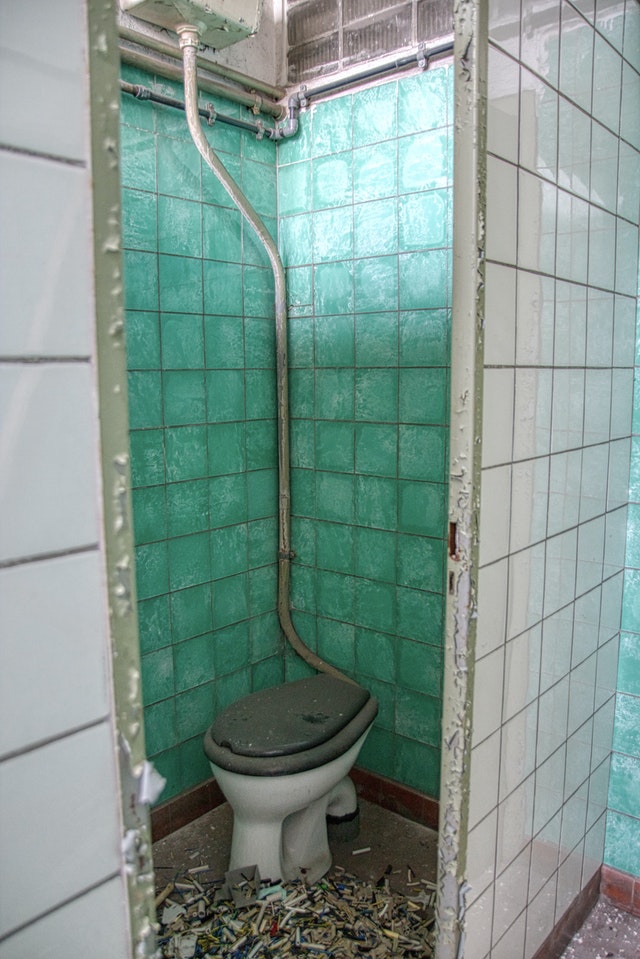Cast iron can last for more than a hundred years. However, it’s not unusual for one or two sections to rust through while the rest of the pipe remains in good shape.
Traditionally cast-iron pipe is joined by first stuffing oakum (a loose rope of greasy fiber) into the recess of one pipe, fitting in the end of the next pipe, then pouring molten lead into the recess. Newer “no-hub” fittings employ a neoprene sleeve whose edges are sealed tight against the pipe with clamps.
Fittings
Whenever pipe turns a corner or branches off, a fitting is required. Elbows (or “els”) make 90-or 45-degree turns. Tees and Ys are used where pipes branch off. Couplings join two pipes together.
Transition Fittings
When changing from one pipe material to another, transition fittings are used. A steel-to-copper transition will corrode quickly unless a dielectric fitting is used-it has a plastic washer that separates the metals. Other transition fittings join copper to plastic, plastic to steel, and plastic to cast iron.
Stanley Pro Tip
Measuring Pipe
To determine the size of a pipe, wrap a piece of tape or a strip of paper-something that will not stretch-around it. Make a mark to indicate the outside circumference of the pipe. Consult the chart opposite to find the inside diameter of the pipe.
Standard Diameters
Supply pipes usually have an inside diameter of ½ inch, ¾ inch, or 1 inch. Drainpipe generally ranges in size from 1 ½ inches to 4 inches.
Working With Copper Pipe
A properly soldered (or “sweated”) pipe joint is as strong as the pipe itself. A poorly soldered joint will leak. It might not leak until the next day, or in a year or two, but it will leak. It might not leak until the next day, or in a year or two, but it will leak.
The key to making a strong joint is to work systematically. You must cut the pipe square and remove all the burrs. The inside of the fitting and the outside of the pipe must be sanded to a shine. Flux must be applied to both surfaces or the solder won’t adhere. Then you must heat the pipe evenly so the solder will be fully drawn into the joint. Even wiping is essential-a droplet of solder can weaken a joint.
Keep It Round
Pipe ends and fittings must be perfectly round. If it’s dented even slightly you can’t restore it to its original shape. Cut the pipe again or buy a new fitting.





